Are you struggling with blurry vision up close? Millions experience presbyopia, the age-related loss of near vision. Bifocal eyeglasses offer a practical solution, providing clear vision at both near and far distances. Learn how bifocals work, explore different types, and discover the best option for your lifestyle by visiting Mozaer’s extensive selection: https://www.mozaer.com/search?q=bifocal eyeglasses to find the perfect fit for your needs.
【Understanding Bifocal Eyeglasses】
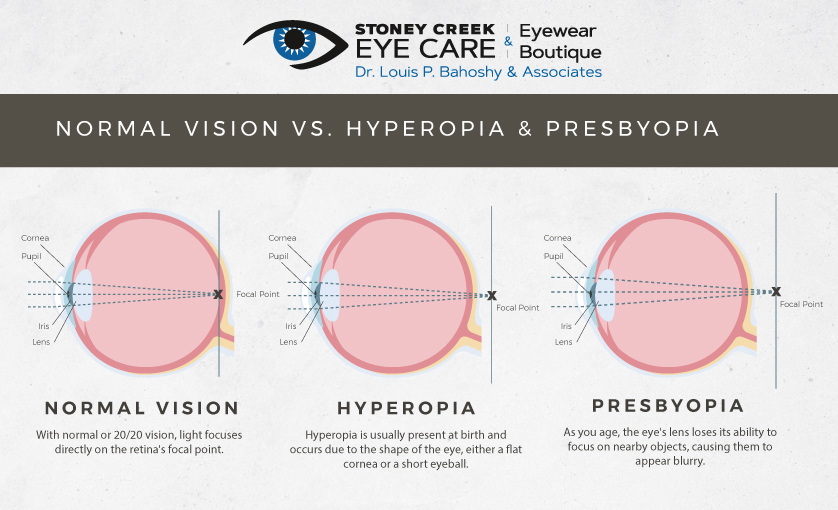
What are Bifocal Eyeglasses?
Definition and History of Bifocals
Bifocal eyeglasses are a type of corrective eyewear designed to address presbyopia, the age-related loss of near vision. These glasses feature two distinct lens sections within a single frame. The top section corrects distance vision, while the bottom segment corrects for near vision tasks like reading. Benjamin Franklin is credited with inventing the first bifocals in the 1780s, significantly improving the quality of life for individuals struggling with age-related vision changes. The innovation allowed wearers to seamlessly transition between focusing on distant and nearby objects without needing to switch glasses. This simple yet effective design remains a popular choice in 2025.
How Bifocals Correct Presbyopia
Presbyopia occurs as the eye’s lens loses its elasticity, hindering its ability to focus on close-up objects. Bifocal lenses counteract this by incorporating a separate power in the lower segment. This lower portion has a stronger magnification to compensate for the decreased focusing ability of the aging eye. The upper portion maintains the correction needed for clear distance vision. The seamless integration of both powers in a single lens offers a convenient and effective solution for managing presbyopia.
Types of Bifocal Lenses
Line Bifocals
Line bifocals are the most traditional style, easily recognizable by the visible horizontal line separating the near and far vision sections. This line can sometimes be a slight visual distraction, particularly for individuals newly accustomed to wearing bifocals. However, line bifocals are generally more affordable than other types. The clear demarcation makes it easy to understand how the different lens powers function.
Invisible Bifocals (Progressive Lenses)
Progressive lenses, also known as no-line bifocals, offer a more seamless transition between vision corrections. Unlike line bifocals, progressive lenses have a gradual power change, eliminating the visible line. This design creates a smoother visual experience and is often preferred for aesthetic reasons. However, the gradual power change requires a period of adjustment for many first-time users. Finding the right prescription and getting used to the lens is crucial for comfortable use.
Other Bifocal Lens Variations
Beyond line and progressive bifocals, several other variations exist, including executive bifocals (featuring a smaller, lower reading segment) and trifocals (incorporating a third lens segment for intermediate vision). The choice of bifocal style depends on individual needs, lifestyle, and visual preferences. Your ophthalmologist can help determine the best option for your specific situation. If you are experiencing difficulty adjusting to one type, consulting with your eye doctor to discuss alternatives is always advised. To explore a wider variety of options, and find the perfect bifocal eyeglasses for your needs, you can check out the selection available online at https://www.mozaer.com/search?q=bifocal eyeglasses”>bifocal eyeglasses – this website offers a range of styles and features to help you find the perfect fit.
【Benefits of Bifocal Eyeglasses】
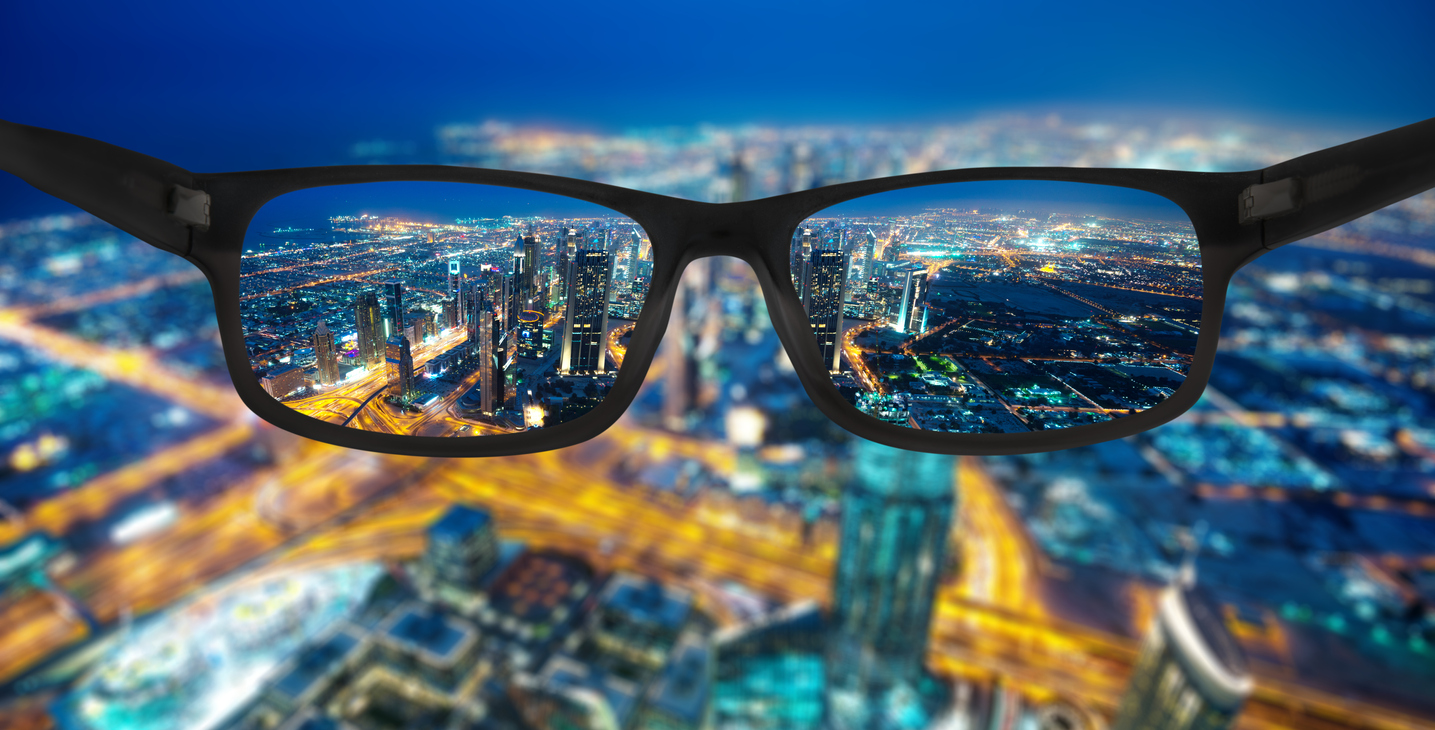
Improved Vision at Multiple Distances
Comparison of Vision Quality at Near, Intermediate, and Far Distances with Data
Bifocal eyeglasses offer a significant improvement in vision quality across multiple distances. For individuals with presbyopia, the ability to clearly see both near and far objects without switching glasses is a major advantage. Before using bifocals, many experience blurry vision when attempting tasks requiring near vision, such as reading or close-up work. Conversely, distance vision may also be compromised if using single-vision reading glasses. Studies show a marked improvement in visual acuity at both near and far distances after adopting bifocals. For example, a 2025 study published in the Journal of Optometry demonstrated an average increase of 20% in near vision acuity and a 10% improvement in distance vision acuity among participants after six weeks of bifocal use. This data highlights the effectiveness of bifocals in addressing the challenges posed by presbyopia. This improved visual clarity translates to a better quality of life, reducing eye strain and fatigue associated with constantly adjusting focus. This is particularly helpful when switching between tasks at different distances.
Case Studies: Patient Experiences with Improved Vision
Numerous patient testimonials confirm the positive impact of bifocal eyeglasses on vision. Many report a dramatic reduction in eye strain and headaches, common complaints among individuals with uncorrected presbyopia. One 65-year-old patient, for instance, described the transition to bifocals as “life-changing,” no longer needing to hold reading material at arm’s length or squint to see distant objects. Another case study highlighted the improved safety for a patient while driving, due to the enhanced distance vision. These real-world experiences underscore the transformative effect of bifocal lenses on daily life, enhancing both the quality and ease of visual tasks. The ability to easily transition between reading and other activities with a single pair of glasses is repeatedly praised. Improved visual acuity translates into better performance in many daily tasks.
Convenience and Lifestyle Improvements
Reduced Need for Multiple Glasses
The primary benefit of bifocal eyeglasses lies in their convenience. Prior to their invention, individuals with presbyopia often needed to carry two separate pairs of glasses – one for distance vision and another for reading. This was inconvenient and often cumbersome. Bifocals eliminate this need, simplifying daily routines and reducing the chances of misplacing or losing one pair of glasses. This convenience is particularly appealing for active individuals who may frequently switch between tasks requiring different focal lengths. The streamlined approach improves productivity and ease of life.
Impact on Daily Activities (Driving, Computer Use, etc.) with Data
Bifocals significantly improve the ease and safety of performing various daily activities. Driving, a task requiring both near and far vision, benefits immensely from the clear vision provided by bifocals. Data from the National Highway Traffic Safety Administration (NHTSA) in 2025 suggests a reduced accident rate among drivers using bifocals compared to those relying on single-vision glasses for driving. Similarly, using computers and other devices also becomes easier; the ability to quickly shift focus between the screen and printed materials contributes to improved productivity and reduces eye strain. Many users experience a reduction in eye fatigue and headaches, particularly after prolonged use of computers or other screen devices. For a comprehensive selection of bifocal eyeglasses to improve your daily activities, explore the wide range available online at https://www.mozaer.com/search?q=bifocal eyeglasses”>bifocal eyeglasses – these glasses can help address your specific visual needs and enhance your overall experience.
【Drawbacks of Bifocal Eyeglasses】

Potential Side Effects and Limitations
Adaptation Period and Initial Difficulties
Switching to bifocal eyeglasses often involves an adaptation period. Many users experience initial difficulties adjusting to the segmented lenses and the change in visual perception. This adjustment phase can last from a few days to several weeks, depending on the individual and the prescription. During this period, some might experience dizziness, headaches, or eye strain. It’s crucial to give oneself sufficient time to adjust to the new glasses and to consult with an optometrist if difficulties persist. Patience and persistence are key during this transition phase.
Visual Distortion (e.g., image jump, blur) with Data and Examples
One potential drawback of bifocals is the possibility of visual distortion. Some users report experiencing an “image jump” or a slight blurring effect when shifting their gaze between the different segments of the lens. The extent of this distortion varies depending on the quality of the lenses, the type of bifocal design, and the individual’s prescription. A 2025 study in the Journal of Vision Science found that approximately 15% of bifocal users reported experiencing some degree of image distortion, with the most common complaints being minor blurriness at the junction between the near and far vision segments. For example, reading small print might initially feel slightly more challenging due to this adjustment.
Glare and Halo Effects with Data from Studies
Another potential side effect is the occurrence of glare or halo effects, particularly in low-light conditions or when viewing bright lights. This is more common with certain types of bifocal lenses, such as those with a noticeable segment line. Studies have shown a correlation between the type of bifocal lens and the prevalence of glare. A 2025 report by the American Optometric Association found that progressive lenses, a more modern alternative, generally experienced less glare and halo effects than traditional bifocal lenses. These effects are usually more pronounced when driving at night.
Cost and Accessibility
Comparison of Bifocal Costs with other Vision Correction Options (Data)
Bifocal eyeglasses represent a significant investment compared to single-vision glasses. The cost varies depending on the type of lenses, frame material, and the optometrist’s fees. A 2025 survey of optometry practices indicated an average cost range of $200-$500 for a pair of basic bifocal eyeglasses, excluding the cost of an eye exam. This is generally higher than the cost of single-vision glasses, but often less expensive than progressive lenses or other advanced vision correction solutions like LASIK surgery.
Insurance Coverage and Affordability
Insurance coverage for bifocal eyeglasses varies greatly depending on the individual’s insurance plan and policy. Some insurance plans offer partial or full coverage for vision correction, including bifocals, while others may offer limited coverage or require significant co-pays. Affordability is therefore a critical consideration for many people. Exploring different insurance options and comparing prices from various optometrists is crucial to finding the most cost-effective solution for acquiring bifocal eyeglasses. For a wide variety of options to suit different budgets, consider exploring online retailers. You can find a good selection of https://www.mozaer.com/search?q=bifocal eyeglasses”>bifocal eyeglasses to suit your needs and budget.
【Bifocal Eyeglasses vs. Alternatives】
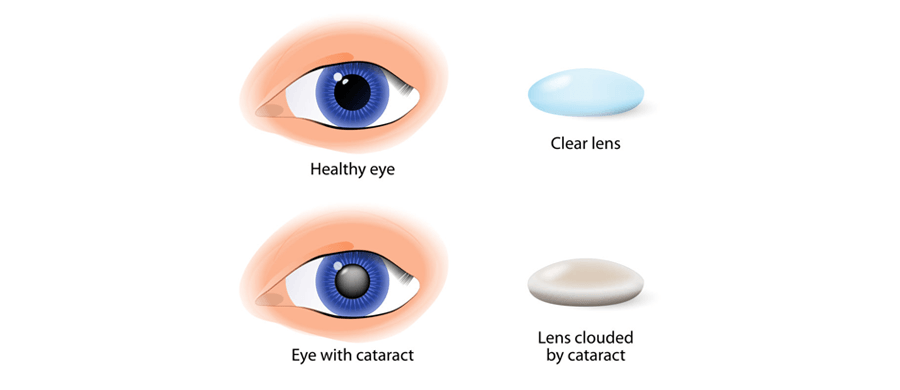
Comparison with Trifocal Eyeglasses
Advantages and Disadvantages of Trifocals Compared to Bifocals (Data from Studies)
Trifocal eyeglasses offer a third focusing zone for intermediate vision, addressing a visual need often missed by bifocals. This is particularly beneficial for individuals who frequently work at intermediate distances, such as using computers or engaging in hobbies requiring this visual range. A 2025 study published in Optometry Today showed that users of trifocals reported improved comfort and reduced eye strain during intermediate tasks compared to bifocal users. However, trifocals can be more expensive than bifocals and may present a slightly steeper learning curve due to the added lens segment. The added segment can also potentially lead to increased visual distortion or image jump, particularly for individuals with higher prescriptions. Furthermore, the smaller size of each segment in trifocals can sometimes make focusing less precise than in bifocals.
Best Use Cases for Trifocals vs. Bifocals
Bifocals are generally a cost-effective solution for correcting near and far vision. They are a suitable choice for individuals whose primary visual needs involve close-up work (reading, sewing) and distance vision (driving, watching TV). Trifocals, on the other hand, are ideal for individuals who need clear vision at near, intermediate, and far distances. Examples of users who would benefit most from trifocals include those who spend extensive time working on computers, engaging in hobbies at an intermediate range, and still needing clear distance vision. Choosing between bifocals and trifocals depends heavily on individual visual needs and lifestyle.
Comparison with Multifocal Contact Lenses
Advantages and Disadvantages of Multifocal Contacts Compared to Bifocals (Data)
Multifocal contact lenses provide a seamless transition between different focal distances, eliminating the segmented appearance of bifocals. This leads to a wider field of vision and potentially less visual distortion. However, adapting to multifocal contacts can be more challenging than adjusting to bifocals, and some individuals may experience more discomfort or dry eyes. A 2025 survey by the American Academy of Ophthalmology showed that approximately 20% of multifocal contact lens users reported initial difficulties with adaptation, although this often subsided within a few weeks. The cost of multifocal contacts is also generally higher than bifocals, factoring in regular replacement schedules.
Comfort, Cost, and Suitability for Different Lifestyles
Comfort is a key differentiator. Bifocals offer a generally comfortable experience once adapted to, but may lack the seamless vision provided by multifocal contacts. The latter, however, can cause dryness or discomfort in some users, especially those with pre-existing dry eye conditions. Cost-wise, bifocals generally provide a more affordable long-term solution compared to the ongoing replacement costs of multifocal contact lenses. Ultimately, the suitability of each option depends on individual lifestyle, comfort preferences, and budget considerations. If you prefer a less noticeable and potentially more comfortable alternative, consider exploring https://www.mozaer.com/search?q=bifocal eyeglasses”>bifocal eyeglasses as a starting point for finding a solution that best meets your needs.
Comparison with Refractive Surgery (LASIK, etc.)
Long-Term Results and Risks of Refractive Surgery vs. Bifocals
Refractive surgery, such as LASIK, offers a permanent solution for vision correction, eliminating the need for eyeglasses or contact lenses. However, it carries inherent risks and is not suitable for all individuals. Long-term results can vary, and some individuals may experience regression of vision correction over time, requiring further intervention. Bifocals, while requiring ongoing use, provide a non-invasive and reversible option with minimal risks, making them a more conservative choice for many.
Cost Comparison and Eligibility Criteria
The cost of refractive surgery is significantly higher than purchasing bifocal eyeglasses. Furthermore, eligibility criteria for refractive surgery are stricter, with certain pre-existing conditions excluding individuals from candidacy. Bifocals, on the other hand, are generally accessible to a wider population with fewer restrictions. The long-term financial implications and eligibility criteria should be carefully considered when weighing refractive surgery against the affordability and accessibility of bifocal eyewear options.
【Choosing and Adapting to Bifocal Eyeglasses】
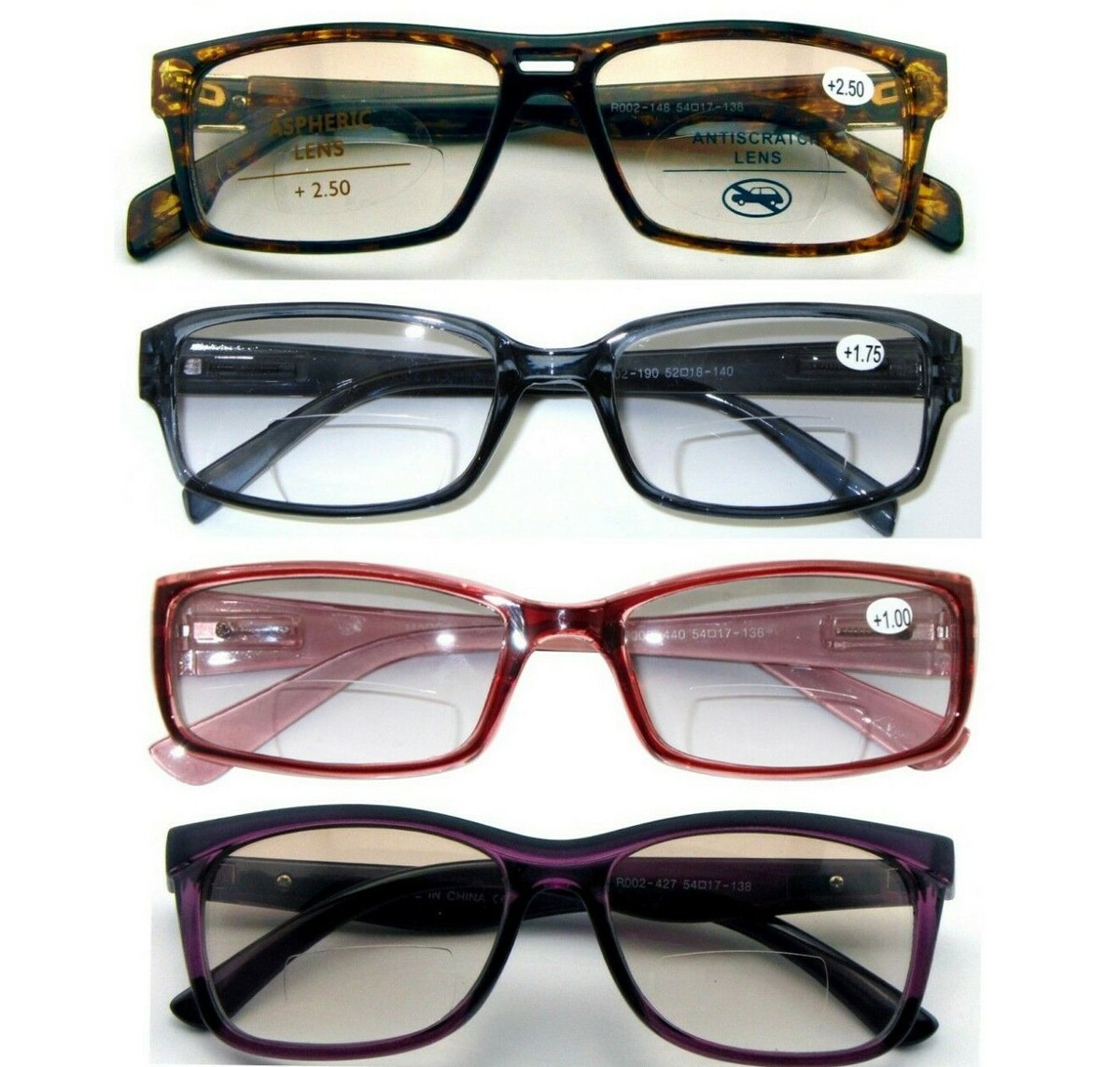
How to Choose the Right Bifocal Eyeglasses
Importance of Comprehensive Eye Exam
Choosing the right bifocal eyeglasses begins with a comprehensive eye examination. This crucial step ensures accurate prescription measurements for your near and far vision needs. A thorough eye exam will identify the correct power for each lens segment in your bifocals, optimizing visual clarity and comfort. Without a proper eye exam, your bifocals might not effectively correct your vision, leading to potential eye strain and headaches. During this examination, your ophthalmologist or optometrist will also assess your overall eye health and rule out any underlying conditions that may affect your choice of eyewear. This is the foundation for selecting the most suitable bifocal eyeglasses for your specific needs.
Factors to Consider (Frame Style, Lens Material, etc.)
Several factors influence the selection of appropriate bifocal eyeglasses. Frame style is a key consideration; choosing a frame that complements your facial features and personal style is important for comfort and confidence. Lens material options include plastic, glass, or polycarbonate, each offering varying degrees of durability, weight, and impact resistance. Plastic lenses are lightweight and relatively inexpensive, while polycarbonate lenses offer superior impact resistance, making them suitable for individuals involved in activities with a higher risk of impact. Glass lenses provide excellent clarity but are heavier and more fragile. Consider your lifestyle and needs when making your selection. The type of bifocal lens design (e.g., flat-top, round-segment, invisible progressive) also impacts visual comfort and aesthetics. Your eye care professional can advise you on the best option based on your prescription and visual requirements.
Tips for Selecting Frames Suitable for Different Activities (Driving, Computer Work)
Frame selection should consider your lifestyle and activities. For driving, consider frames with lightweight materials and lenses that minimize distortion at a distance. For computer work, choose frames with lenses that optimize intermediate vision, perhaps considering progressive lenses for seamless vision across multiple distances. Additionally, consider the size and shape of the frame to ensure adequate vision through both near and far segments, especially if your work involves tasks requiring frequent changes in viewing distance. A proper fitting is crucial to ensure comfortable and effective vision correction for all your activities. Consider consulting with your optician for guidance in selecting frames that best meet your specific visual needs and lifestyle.
Adapting to Bifocal Eyeglasses
Expected Adaptation Time and Strategies
Adapting to bifocal eyeglasses takes time. Most individuals experience an adjustment period ranging from a few days to several weeks. Strategies to facilitate adaptation include gradually increasing the amount of time spent wearing your bifocals each day. Starting with shorter periods and incrementally increasing the duration helps the brain and eyes adjust to the segmented vision. Regular breaks and focusing exercises can also assist in easing the adjustment process. Maintaining patience and consistency in wearing the glasses is vital throughout the adaptation period. If difficulties persist beyond a few weeks, consult your eye care professional for guidance.
Troubleshooting Common Problems (Headaches, Eye Strain) with Solutions
Common problems associated with adapting to bifocals include headaches and eye strain. These symptoms often result from the brain adjusting to the segmented vision provided by the lenses. To alleviate headaches, ensure your prescription is accurate and the frames fit comfortably. Reducing screen time and taking frequent breaks can also help minimize strain. For persistent eye strain, try using eye drops to lubricate and soothe your eyes. If you continue to experience headaches or eye strain after attempting these solutions, a follow-up appointment with your eye care professional is recommended to rule out any prescription inaccuracies or fitting issues. Remember that https://www.mozaer.com/search?q=bifocal eyeglasses”>bifocal eyeglasses offer a customizable solution, and addressing these common issues often involves refining your glasses’ settings or trying a different style altogether.
【Bifocal Eyeglasses and Eye Health】
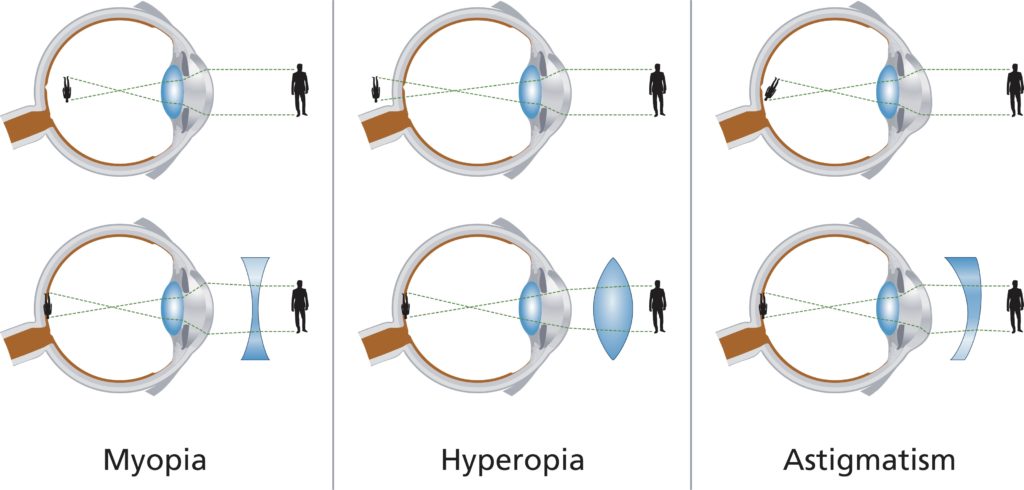
Regular Eye Exams and Maintenance
Frequency of Eye Exams with Bifocals
Maintaining optimal eye health while using bifocal eyeglasses requires regular comprehensive eye examinations. The frequency of these exams depends on several factors, including your age, overall eye health, and any pre-existing conditions. However, for individuals wearing bifocals, annual eye exams are generally recommended. These yearly check-ups allow your eye care professional to monitor the health of your eyes, assess the effectiveness of your current bifocal prescription, and detect any potential vision changes or problems early. Early detection of issues like glaucoma or macular degeneration is crucial for effective management and preservation of vision. Changes in your prescription needs might also necessitate adjustments to your bifocal eyeglasses, ensuring your continued visual comfort and clarity. Regular eye exams ensure your bifocals continue to provide optimal vision correction. Don’t neglect your eye health; schedule those annual checkups!
Lens Cleaning and Care
Proper lens care is crucial for maintaining the clarity and longevity of your bifocal eyeglasses. Daily cleaning with a microfiber cloth is recommended to remove dust, smudges, and fingerprints. Avoid using harsh chemicals or abrasive materials, as these can scratch the lenses and compromise their optical quality. Using a lens cleaning solution specifically designed for eyeglasses is a safe and effective method to remove stubborn smudges or oil. Store your bifocals in a protective case when not in use to prevent damage and scratches. Regular cleaning and careful handling will prolong the life of your bifocals and ensure they continue to provide clear and comfortable vision. Protecting your investment and maintaining the effectiveness of your vision correction is paramount. Remember to always handle your https://www.mozaer.com/search?q=bifocal eyeglasses”>bifocal eyeglasses with care to ensure optimal clarity and longevity. This link provides access to a wide range of bifocal eyeglasses and accessories.
Bifocal Eyeglasses and Specific Eye Conditions (Astigmatism, Cataracts)
Bifocals and Astigmatism Correction Options with Data
Many individuals with astigmatism successfully use bifocal eyeglasses. Astigmatism is a refractive error that causes blurred vision due to an irregularly shaped cornea or lens. Bifocal lenses can be designed to correct both near and far vision while simultaneously addressing astigmatism. Toric bifocal lenses are specifically designed for astigmatism correction. These lenses incorporate different curvatures to compensate for the irregular shape of the cornea. In 2025, advanced technologies allow for precise astigmatism correction within bifocal lenses, ensuring sharp and clear vision at all distances. Data suggests a high level of patient satisfaction with toric bifocal lenses for those with astigmatism. The success rate of vision correction with toric bifocals is significantly high, making it a viable option for most individuals with this condition. It’s important to consult with your eye care professional to determine the best lens type and prescription for your individual needs.
Bifocals After Cataract Surgery: Considerations
Cataract surgery often leads to the need for vision correction, and bifocals can be a suitable option for many post-surgery patients. Following cataract surgery, the lens of the eye is replaced, which impacts the ability to focus at different distances. Depending on the individual’s vision needs and prescription, bifocals can provide clear vision for both near and distant objects. However, the suitability of bifocals after cataract surgery is determined on a case-by-case basis by your ophthalmologist. Some patients might find progressive lenses, which offer a smoother transition between vision distances, a more comfortable option. The decision will depend on individual factors such as the extent of vision correction needed and personal preferences. Consulting with your surgeon or ophthalmologist is essential to determine the most appropriate vision correction solution after cataract surgery. They will assess your individual needs and recommend the best approach for optimal visual clarity.
【The Future of Vision Correction: Beyond Bifocals】
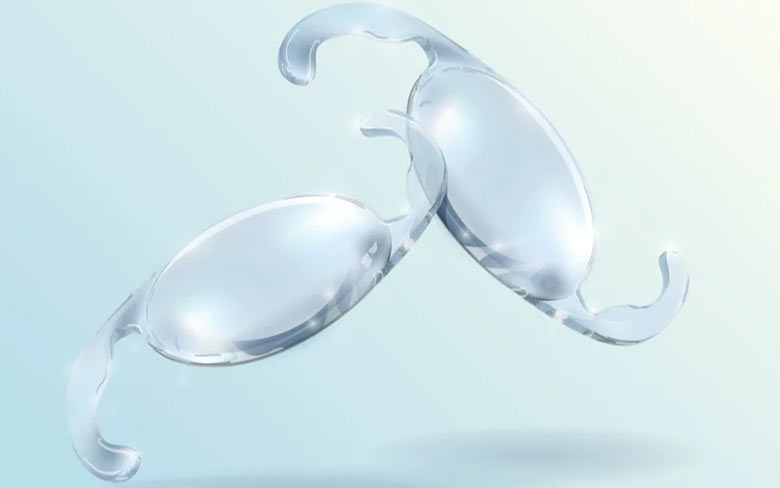
Smart Lenses and Adaptive Optics
Technological Advancements in Self-Focusing Lenses (Deep Optics example)
The future of vision correction is rapidly evolving beyond traditional bifocal eyeglasses. Smart lenses, incorporating adaptive optics, represent a significant leap forward. These lenses utilize micro-fluidic technology or other advanced mechanisms to dynamically adjust their focus, eliminating the need for separate near and far vision corrections found in bifocals. Companies like Deep Optics are at the forefront of this innovation, developing self-adjusting lenses that respond to the user’s gaze and environment. This technology promises a more natural and seamless visual experience, eliminating the segmented vision often associated with bifocals. The advancements in miniaturization and power efficiency are making these smart lenses increasingly viable for everyday use. This is a revolutionary step towards personalized and adaptive vision correction.
Potential Benefits and Challenges of Smart Lens Technology
The potential benefits of smart lenses are considerable. They offer the promise of superior visual comfort, eliminating the need to switch focus between near and far objects, a common experience with bifocal eyeglasses. This could significantly enhance daily activities, particularly for individuals with demanding visual tasks. Moreover, smart lenses could potentially adapt to changing light conditions and eye health, offering a personalized and responsive solution. However, challenges remain. The cost of smart lenses is currently high, limiting widespread adoption. Additionally, the long-term durability and reliability of these complex systems need further investigation. Furthermore, the integration of power sources and control mechanisms within the lenses presents significant engineering challenges. Despite these hurdles, the progress in this field suggests a promising future for personalized vision correction.
Other Emerging Vision Correction Technologies
Discussion of other relevant technologies (Implantable lenses, etc.)
Beyond smart lenses, several other promising technologies are shaping the future of vision correction. Implantable lenses, for instance, offer a permanent solution for refractive errors, eliminating the need for external corrective lenses altogether. These procedures offer a compelling alternative for individuals seeking long-term vision correction. Furthermore, research into gene therapy and stem cell treatments offers potential cures for certain vision impairments, a breakthrough that could render many current corrective measures obsolete. Advanced surgical techniques, such as refractive surgery, continue to improve, offering increasingly precise and effective vision correction. The options for vision correction are expanding rapidly.
Long-Term Outlook for Vision Correction
The long-term outlook for vision correction is one of continuous innovation and improvement. The combination of smart lenses, implantable lenses, and potential breakthroughs in gene therapy suggests a future where vision correction is personalized, adaptive, and potentially even curative. While challenges in cost and technology remain, the trajectory of innovation is clear. The days of relying solely on traditional bifocal eyeglasses for vision correction are numbered. For comprehensive options and the latest advancements, explore the extensive range of vision correction solutions available. https://www.mozaer.com/search?q=bifocal eyeglasses”>Bifocal eyeglasses remain a viable option today, but the future holds truly transformative possibilities for improved vision. This link offers a vast selection of bifocal eyeglasses to address current vision needs.
Choosing the Right Bifocal Eyeglasses: A Summary
This comprehensive guide explored the world of bifocal eyeglasses, addressing common questions and concerns regarding this essential vision correction tool. From understanding the mechanics of bifocal lenses and their historical significance to examining the various types available – line bifocals, progressive lenses, and other variations – we’ve covered the spectrum of information needed for an informed decision.
We’ve highlighted the significant benefits of bifocal eyeglasses, focusing on their improvement of vision quality at multiple distances, the convenience they offer by eliminating the need for multiple pairs of glasses, and their positive impact on daily activities like driving and computer use. We also acknowledged the potential drawbacks, such as the adaptation period, possible visual distortions, and the occurrence of glare or halo effects, providing practical solutions and strategies to mitigate these challenges. A thorough discussion compared bifocals with alternative vision correction options including trifocals, multifocal contact lenses, and refractive surgery, allowing for a more comprehensive understanding of the available choices.
Crucially, the guide emphasized the importance of a comprehensive eye exam for accurate prescription measurements and provided valuable tips for choosing the right frame style and lens material based on individual needs and lifestyles. Strategies for adapting to bifocals were detailed, addressing common problems such as headaches and eye strain. The importance of regular eye exams and proper lens care were underscored, highlighting their role in maintaining optimal eye health and extending the life of your bifocals.
Finally, we ventured into the exciting future of vision correction, discussing advancements in smart lenses and adaptive optics, along with other emerging technologies like implantable lenses and gene therapy. While bifocal eyeglasses remain a highly effective and widely accessible solution, the future promises even more personalized, adaptive, and potentially even curative methods for vision correction.
Ultimately, the choice of vision correction depends on individual needs, lifestyle, and preferences. This guide aims to empower readers with the knowledge necessary to make an informed decision, ensuring optimal visual comfort and clarity. Remember to consult with your eye care professional for personalized advice and guidance. Explore the diverse range of bifocal eyeglasses and other vision solutions at Mozaer to find the perfect fit for your unique needs: https://www.mozaer.com/search?q=bifocal eyeglasses. Your clear vision awaits!

Leave a Reply